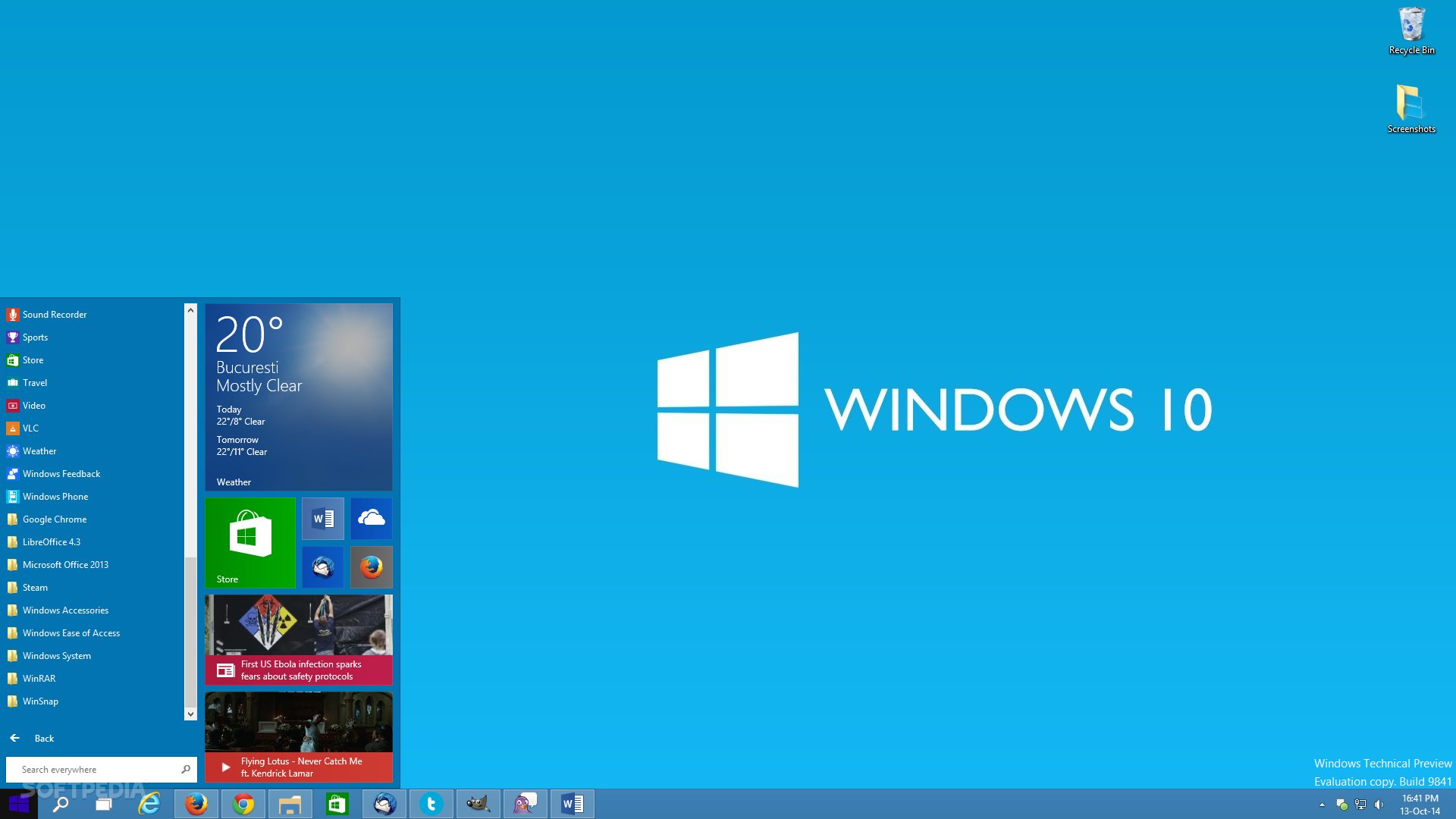Cybersecurity risks are becoming more complex in the linked world of today, aiming at weaknesses users may not even know about. Millions of devices were at danger when a serious hole in Windows 10 and Windows 11 was found recently. This essay explores the nature of this danger, its ramifications, and the actions you may take to defend your system.
Recognizing the Hazard
The New Windows Vulnerability
One recently found flaw in Windows 10 and Windows 11 can let hackers access your personal information. Check Point Research (CPR) found this vulnerability—which uses inactive Internet Explorer (IE) components still available in contemporary Windows operating systems.
Internet Explorer is still ingrained in the Windows OS even although it is essentially outdated and provides a backdoor for attackers. Malicious PDF files with specific Windows Internet Shortcuts may set this bug off. These files open the dormant IE to a hostile URL, therefore allowing remote code execution.
The Technical Information
Explain the Exploit Method.
Attackers email apparently innocent PDF files that are malicious.
- Embedded Shortcuts : Windows Internet Shortcuts abound in these PDFs.
- Hidden Execution: These shortcuts launch Internet Explorer, less safe than contemporary browsers like Chrome or Edge, silently.
The shortcut allows IE to access an attacker-owned URL, therefore enabling remote code execution and data theft.
Effects and Coverage
Targeting both Windows 10 and Windows 11 users, this vulnerability raises very alarming issues. It has been actively used for at least a year, however the extent of the damage is unknown yet. Using this weakness, the threat actors may remotely run codes maybe obtaining complete access to the compromised computers.
Safeguarding Your Framework
Instant Action to Perform
- Update Your System : Make sure your Windows operating system current. Microsoft has issued a patch ( CVE-2024-38112) to fix this. System updating closes the vulnerability.
To stop Internet Explorer from being abused, if at all feasible deactivate or delete it from your PC. - Be careful of dubious emails : Avoid opening attachments from unidentified sources and use caution over unwanted emails.
How Would You Update Your Windows OS?
Go to Settings > Update & Security. > Windows Update.
Click on Check for updates to install any accessible updates.
Restart your PC to make sure all updates are applied after their installation.
Microsoft’s Comment
Microsoft has praised Check Point Research’s and other security experts’ work in spotting and revealing this flaw. They stress in their security comments the need of coordinated vulnerability disclosure in improving client safety.
Future Prevention Strategies
Maintaining current operating system and software is always a must.
Modern, safe browsers such as Chrome, Edge, or Firefox should be preferred over antiquated ones.
- Educate Yourself: Remain current with best practices and most recent cybersecurity concerns.
Use respectable antivirus and anti-malware products to offer an additional degree of security.
Threats in cybersecurity are changing and one must be always alert. The latest Windows flaw emphasizes the need of keeping current systems and using caution when interacting virtually. Staying educated and following the required measures will help you to safeguard your data and guarantee your digital safety.
Find the important new Windows 10 and 11 vulnerability possibly exposing your personal information. Learn how to immediately secure your PC with updates.



